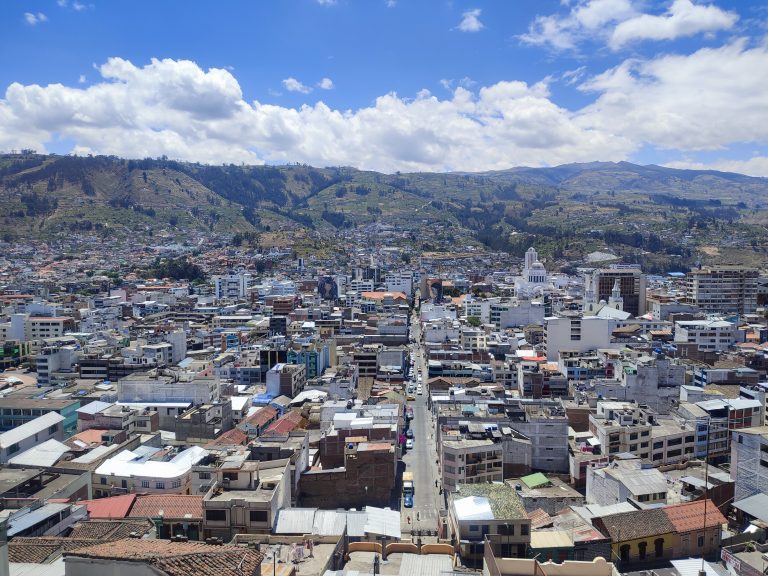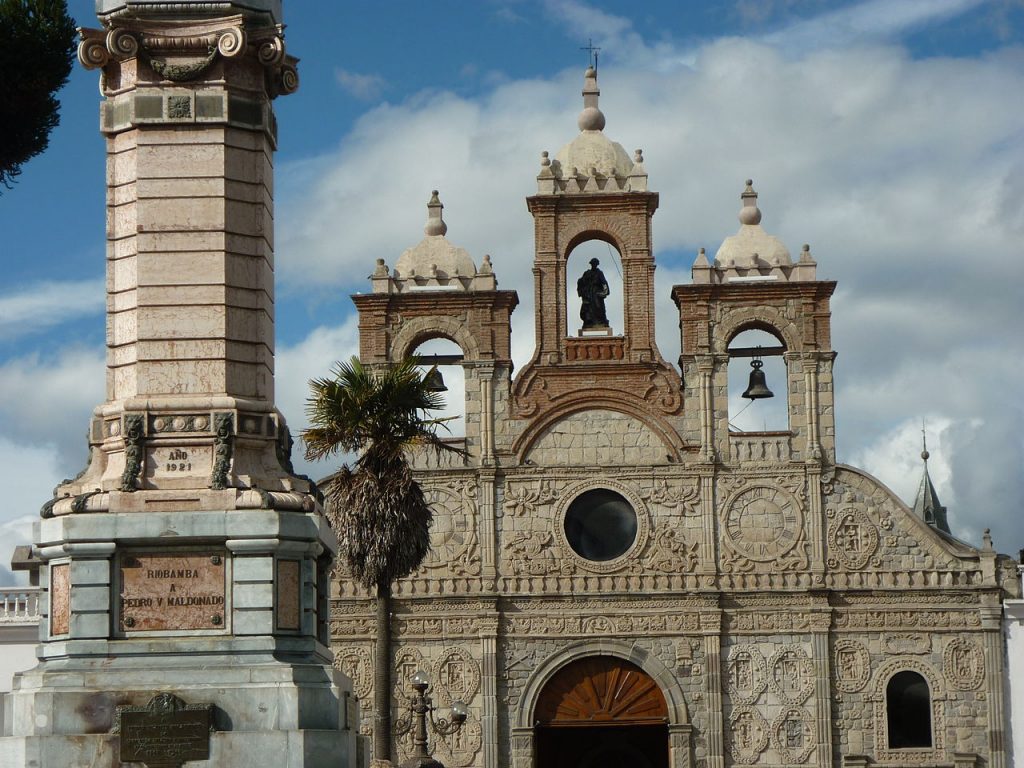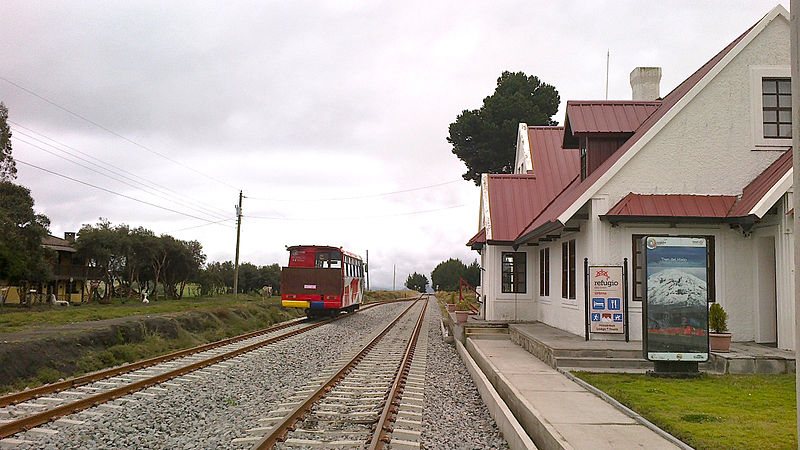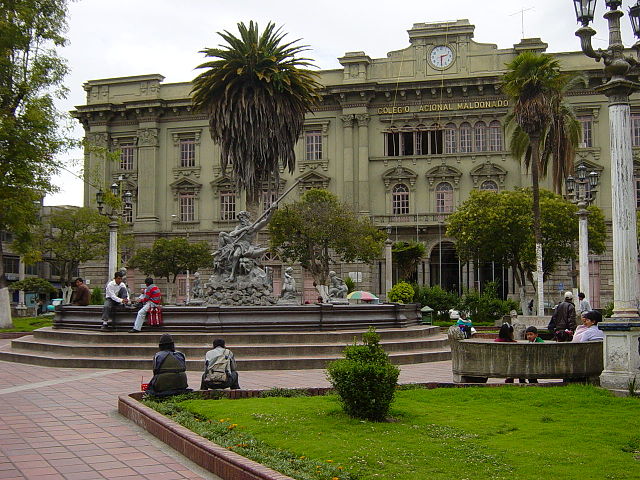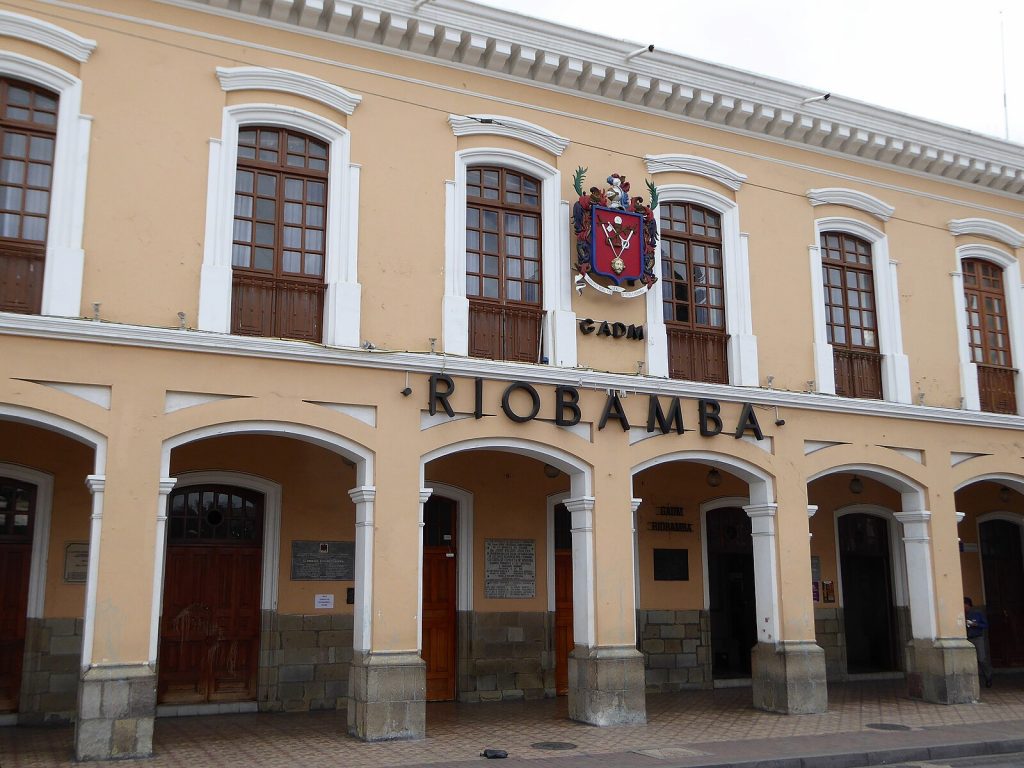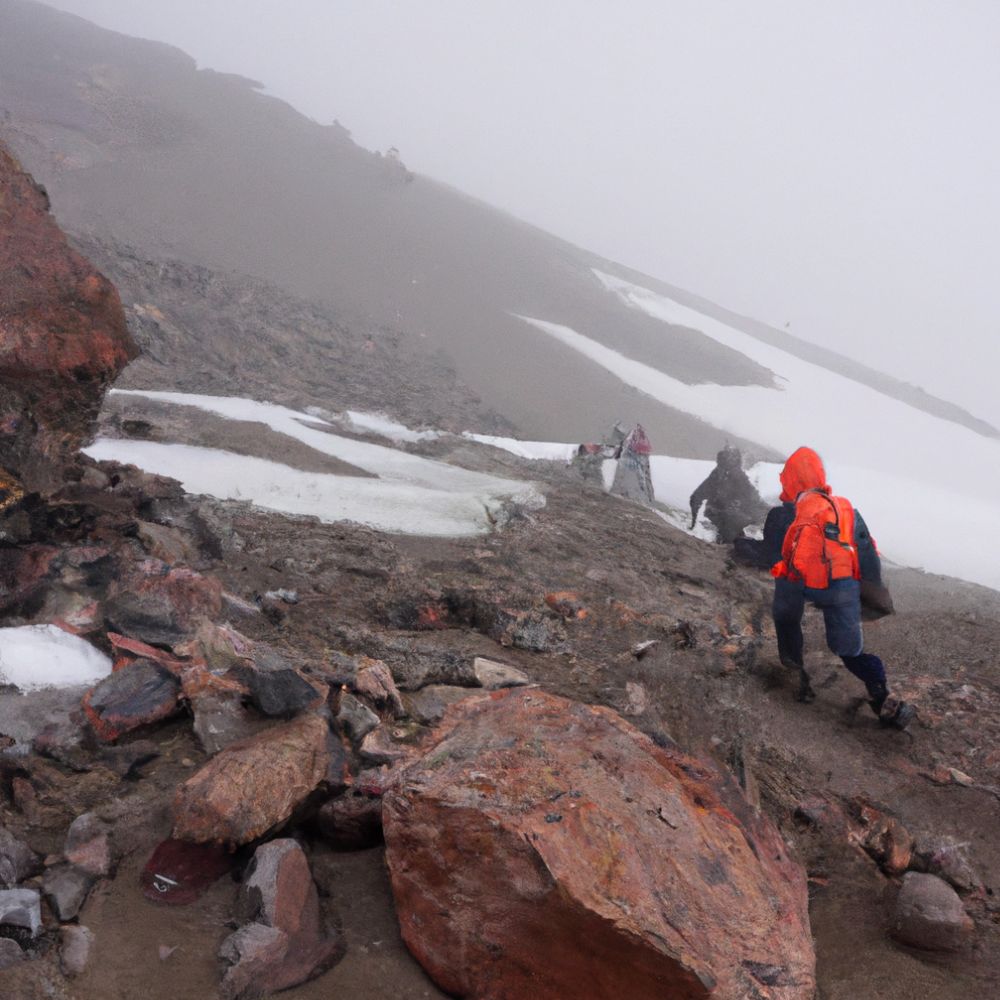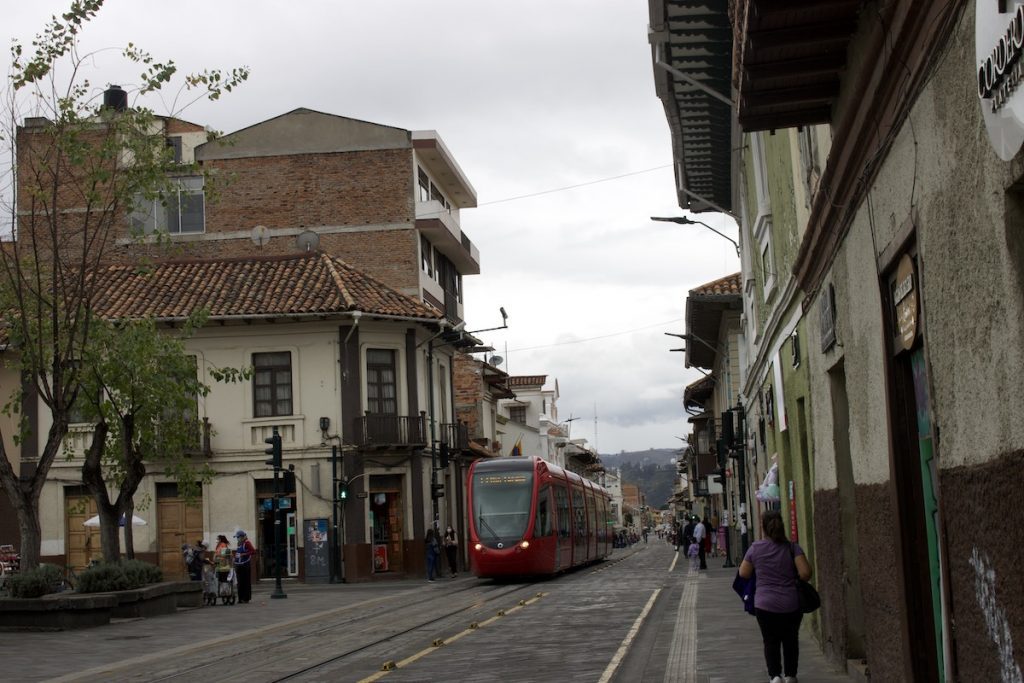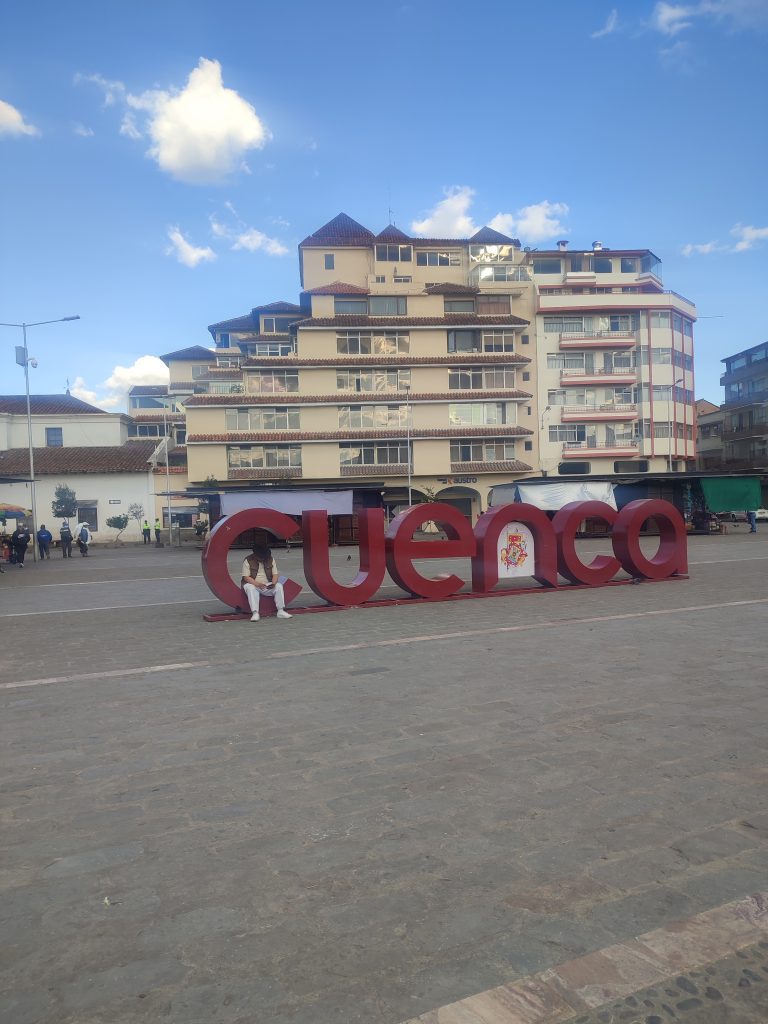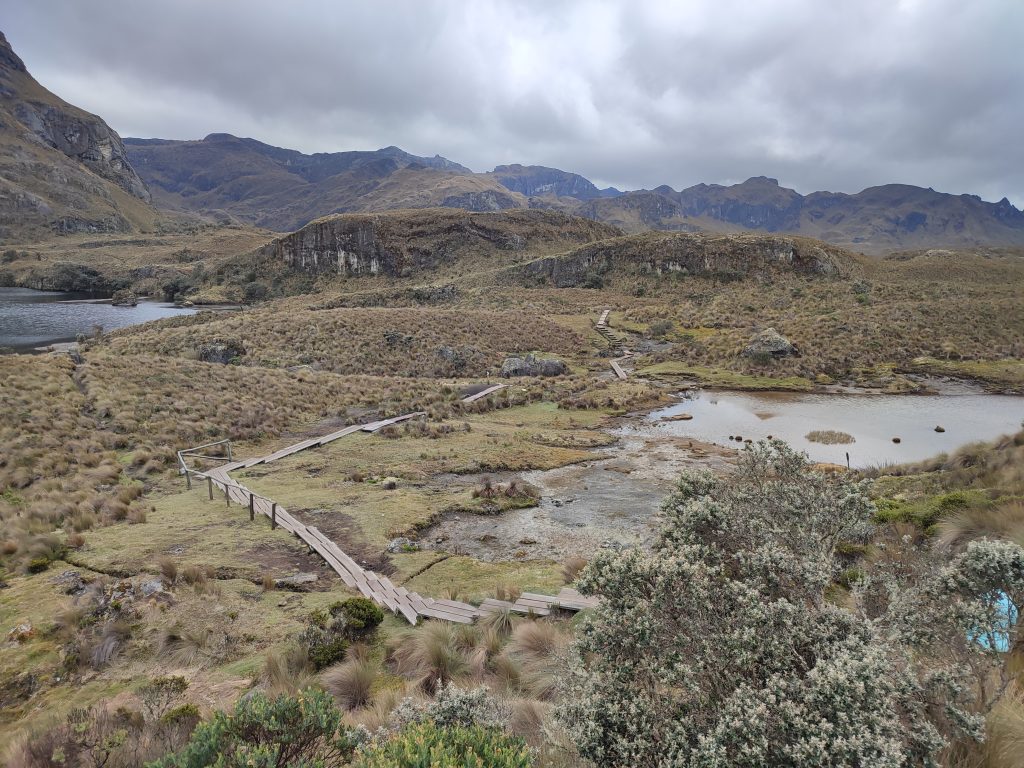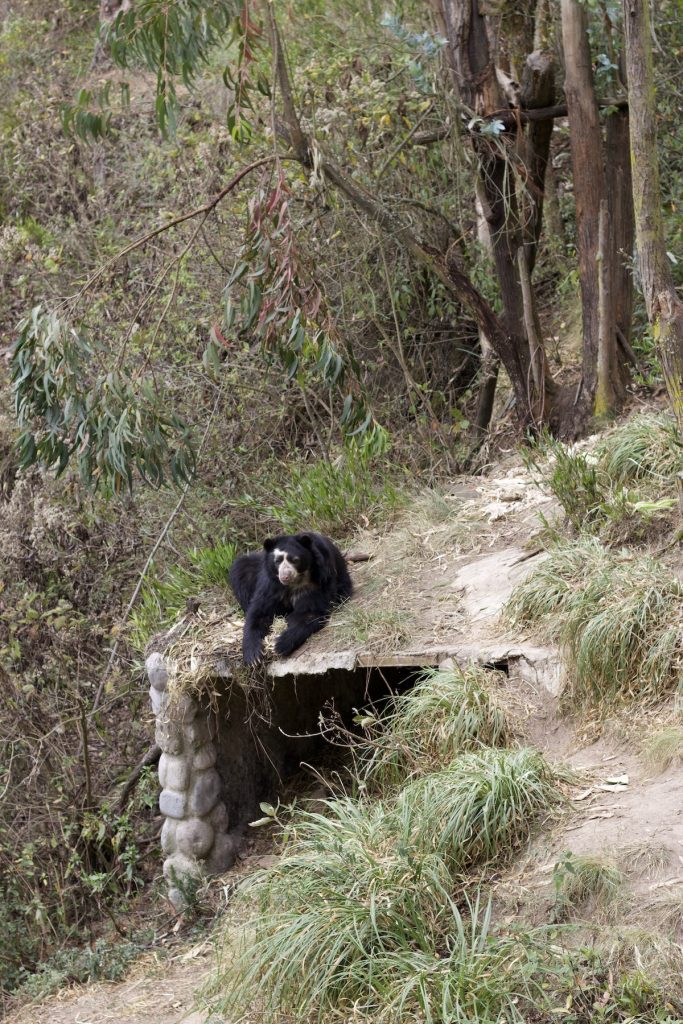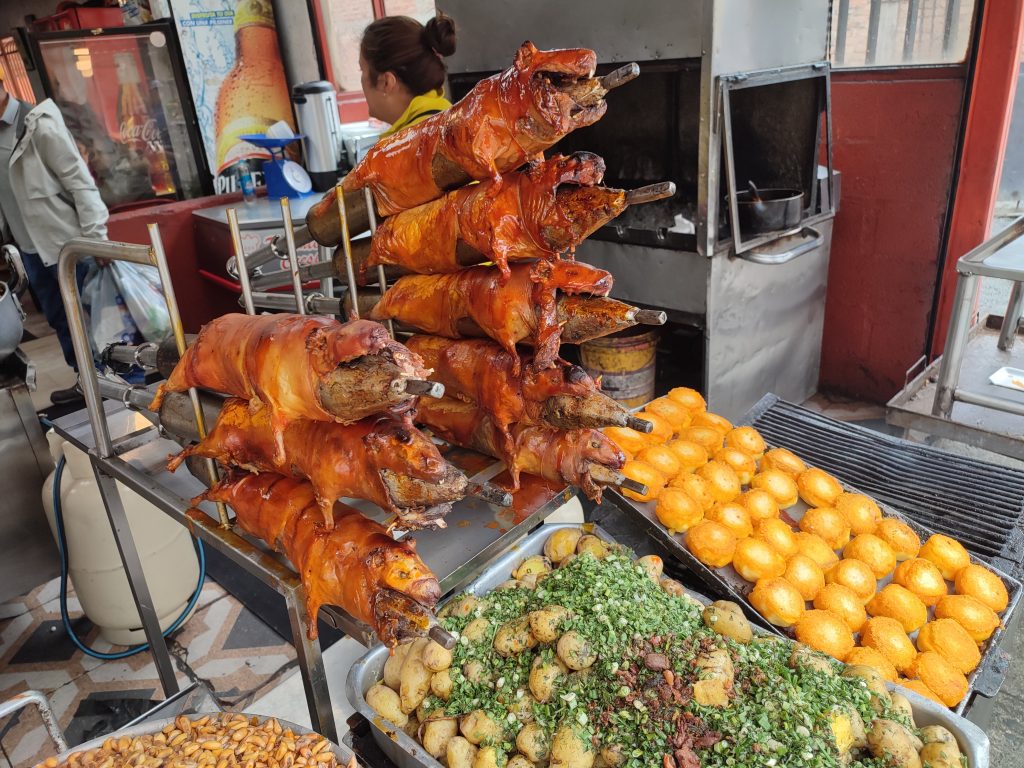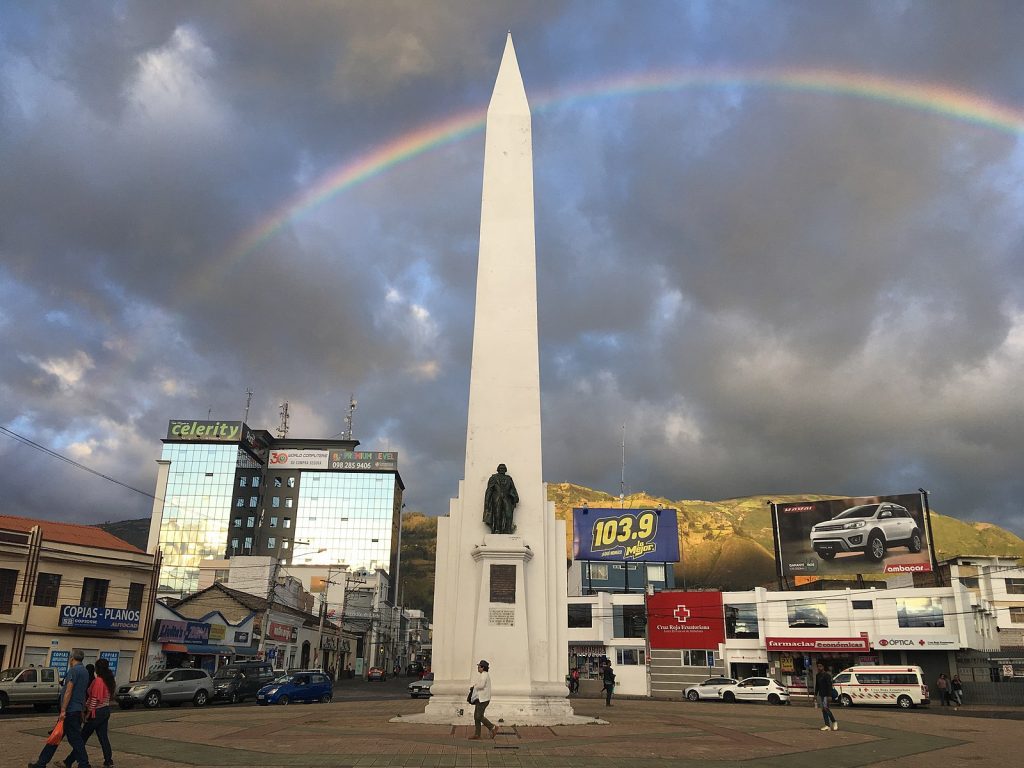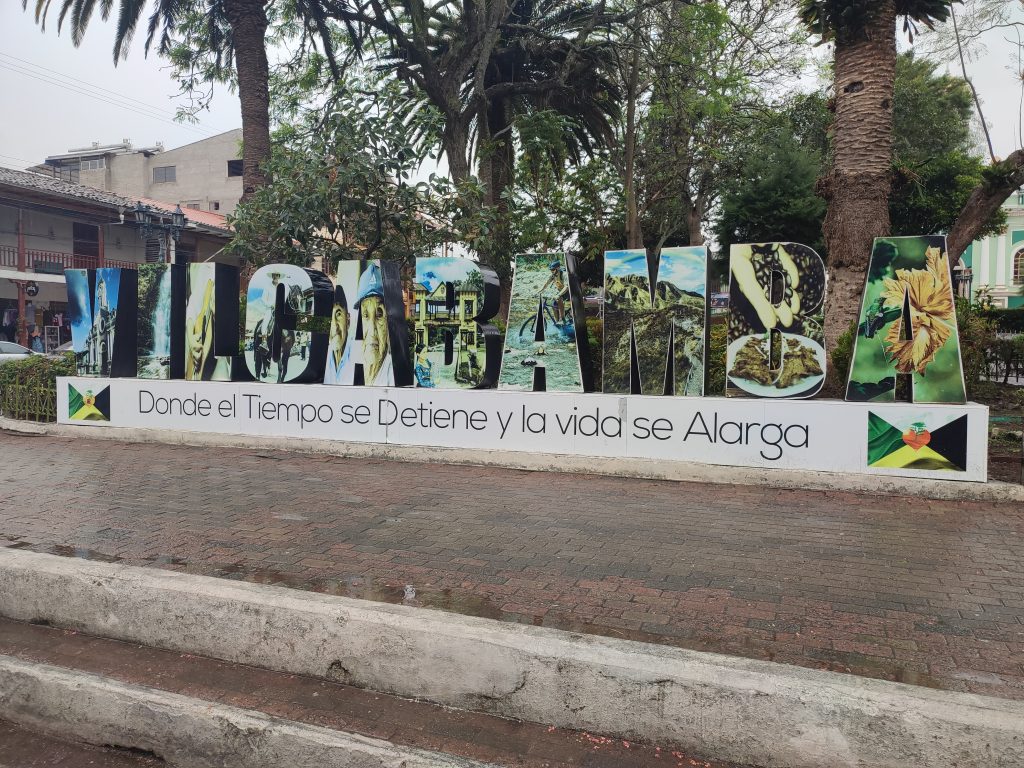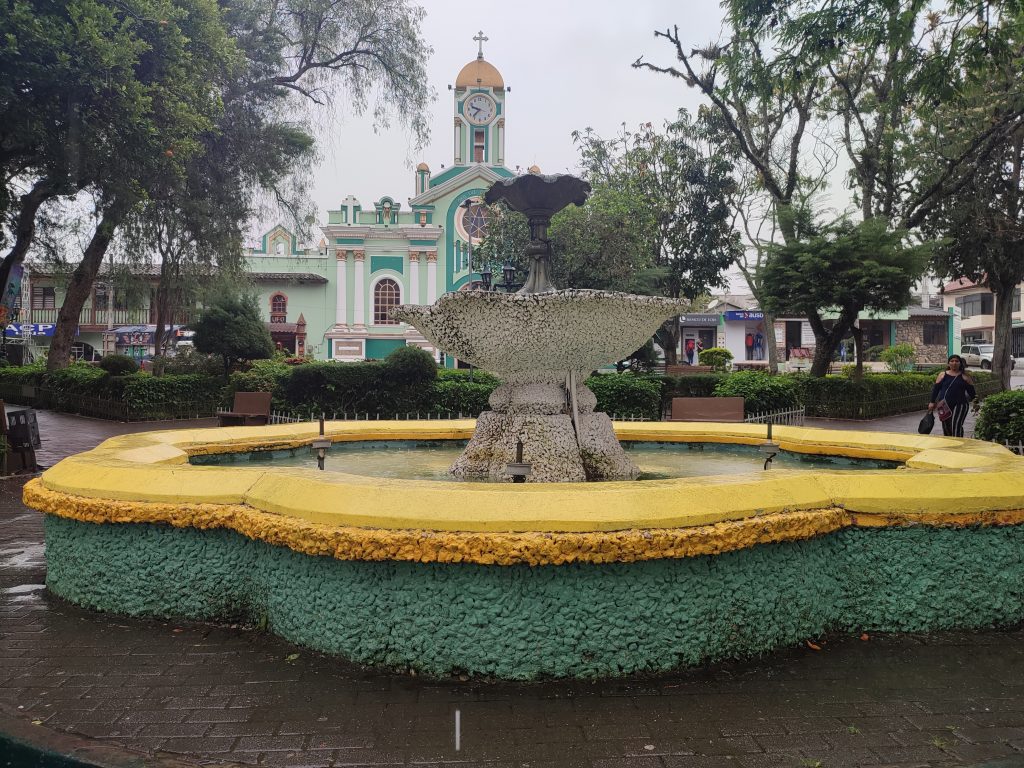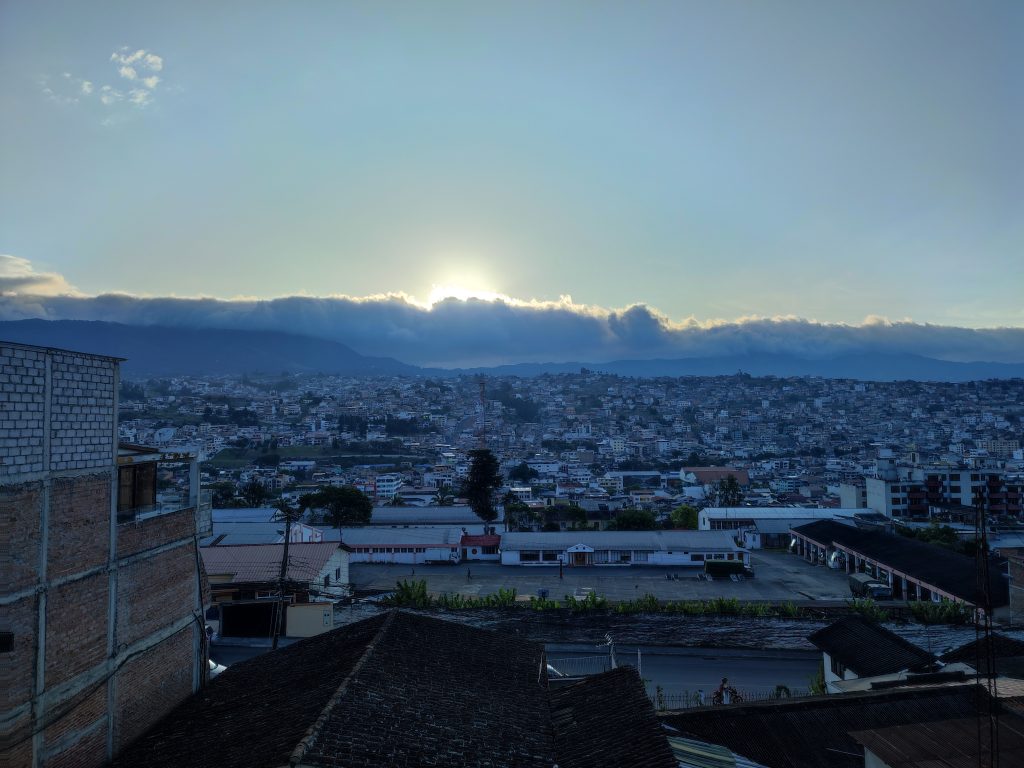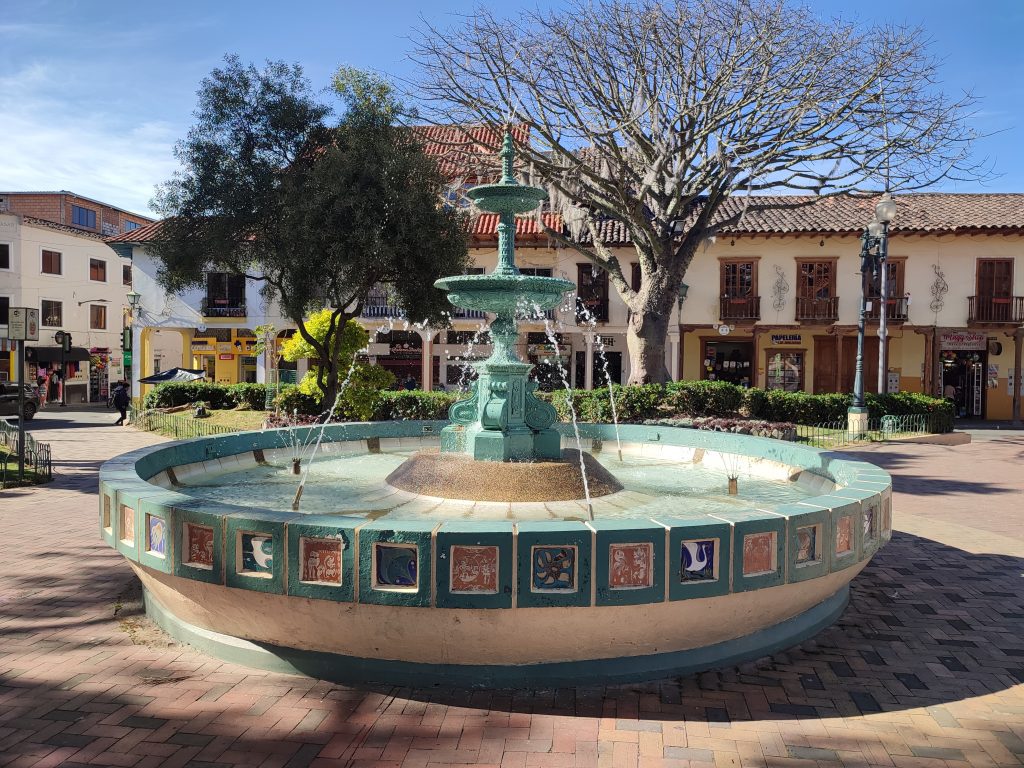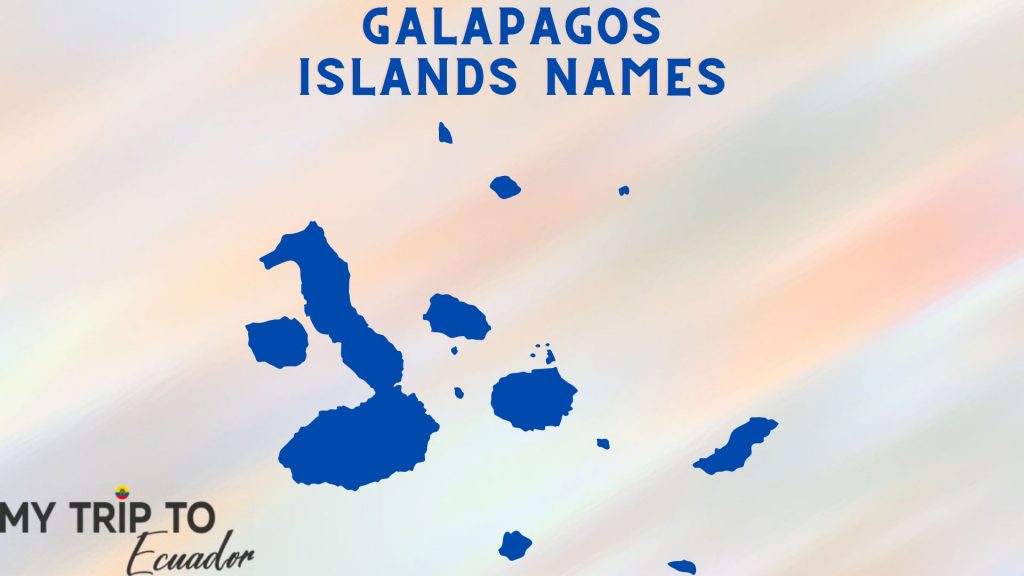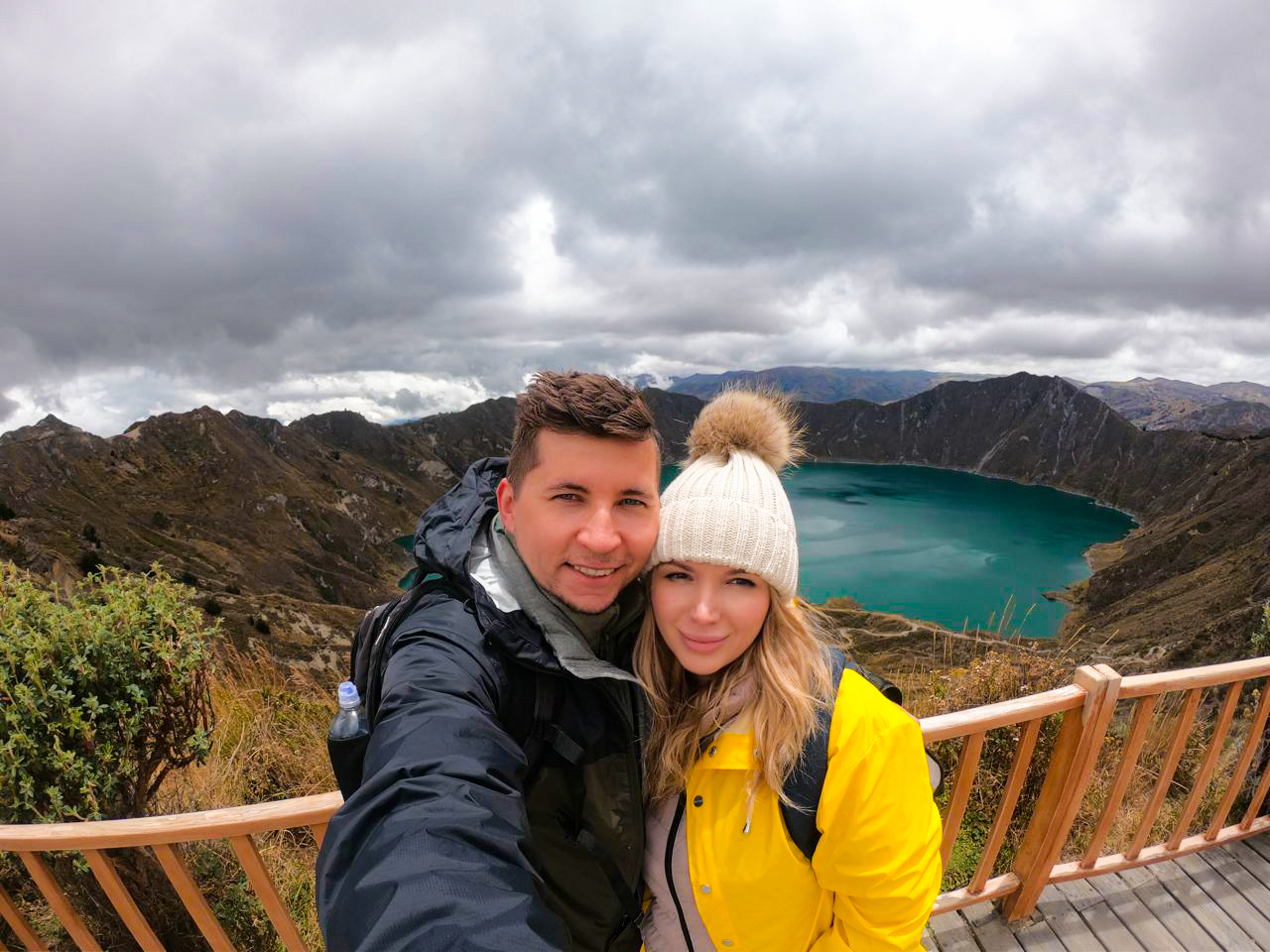During our travels, we found that Ecuador’s highland mountain towns have a charm that’s hard to put into words. The mild climate and rich cultural heritage instantly drew us in, and it’s easy to see why these towns attract both travelers and ex-pats. Each place we visited had its own distinct personality—some were filled with beautiful colonial architecture that reflected the Spanish influence, while others were alive with deep-rooted indigenous traditions that truly brought Ecuador’s history to life.
If you, like us, are drawn to the idea of that perfect “eternal spring” weather, mixed with a warm, welcoming community and surrounded by stunning mountain landscapes, then these Ecuadorian mountain towns should definitely be on your travel list. We loved exploring them and discovering just how unique each one was!
Fall in love with Ecuador’s mountain towns just like we did! Planning your trip doesn’t have to be a hassle—get a FREE personalized itinerary from trusted local experts. They’ll help you uncover hidden gems and plan unforgettable experiences, all while supporting this blog and Ecuador’s local communities!
Plan perfect trip to Ecuador & Galapagos
I spent countless hours researching everything about traveling to Ecuador, and I created this blog for fellow travel enthusiasts who want the best, most reliable information. But if you want to save time, we’ve partnered with the top local agency to plan your dream trip.
Riobamba
IMPORTANT: The Devil’s Nose Train is not operating anymore
Our ride on the Devil’s Nose Train was truly a highlight of our visit to Riobamba, and it’s definitely one of those experiences we recommend to anyone visiting! The journey was a perfect blend of scenic beauty and thrilling adventure, making it a standout moment in our trip.
The train departs from the charming village of Alausí, a short drive from Riobamba. This village isn’t just a train station; it’s also the starting point for Ecuador’s famous Inca Trail to Ingapirca. So, if you’re up for a historic trek, Alausí offers that opportunity too, adding another layer to the adventures you can dive into from here.
Riobamba has a charming collection of parks in its city center, all conveniently close to one another, but Parque Maldonado stood out to us as the best. It’s a perfect starting point to get a sense of the city since it’s surrounded by some of Riobamba’s most striking architecture.
Beyond the parks, Riobamba’s bustling markets are a must-visit. Near Plaza Roja, we found a market full of beautiful handicrafts and clothing, where the colors and energy make for a unique experience. For those who love food markets, Mercado Central is the go-to spot. It’s filled with affordable local produce, especially fruits and vegetables, and you can grab a quick, tasty meal there as well.
Hiking in Chimborazo National Park was truly the highlight of our time in Riobamba. The landscapes were otherworldly, with the towering Chimborazo Volcano as our constant backdrop. We biked around the area, soaking in the vast, open views, and then set off on a hike to Laguna Condor Cocha, which turned out to be one of the most serene spots we visited. Bird-watching added an extra layer of excitement, and we were lucky to spot a few Andean condors gliding above. The whole experience was unforgettable and left us feeling deeply connected to Ecuador’s rugged beauty.
Cuenca
Cuenca, designated as mainland Ecuador’s second UNESCO World Heritage Site in 1999, captured our attention with its beautifully preserved charm. Wandering through its cobblestone streets and lanes, we admired the colonial architecture, especially the iconic churches crowned with colorful domes. The Tomebamba River that flows through the city added a touch of tranquility, making it the perfect spot to pause and take in the view.
With its lively atmosphere balanced by a laid-back vibe, it’s easy to see why Cuenca attracts visitors from all over. Plus, for those considering a move, it’s one of the most budget-friendly places to live in Ecuador—offering a fantastic quality of life that appeals to ex-pats looking for affordability without compromising comfort.
For history enthusiasts, the Inter-American Center of Popular Arts and Crafts in Cuenca is a must-visit. Wandering through its halls was fascinating as we discovered over 8,000 art and craft pieces from 28 countries—a true showcase of the region’s cultural richness.
For those who love the outdoors, Cajas National Park is an experience not to be missed. Known for its stunning water bodies, the park is home to 786 lakes, lagoons, and ponds connected by streams so clear they reflect the surrounding mountains. Hiking there was a real treat; the park’s serenity and diverse scenery make it a paradise for nature lovers.
Spanning an impressive 28,000 hectares, Cajas National Park offers a pristine protected landscape shaped by ancient glaciers. The park’s glacial history is evident in the U-shaped valleys, rolling hills, and clear glacial lakes that create a breathtaking panorama.
For those who can’t get enough of the outdoors and wildlife, Amaru Biopark is another excellent spot. Built right into the mountainside, this unique zoo lets you see animals in a habitat that closely resembles their natural environment. Hiking through Amaru Biopark gave us a whole new perspective on Ecuador’s incredible wildlife.
Have questions about your upcoming Galapagos trip? Join my Galapagos Reddit community and ask other travelers who recently visited the islands. Get up-to-date tips, real experiences, and honest advice from other travelers (I ban tour agencies and resellers).
My favorite highlight of our trip to Cuenca is biking around the Tomebamba riverfront. It is so peaceful and a great place to chill out and spend a lazy afternoon away.
Cuenca’s street food scene truly won us over, with cuy (roasted guinea pig) as a must-try local delicacy. We made it a point to sample cuy from various markets, each with its own unique twist, and every bite was a treat. For anyone with a sweet tooth, don’t miss espumillas! This whipped meringue dessert, usually served with fruit toppings, was a delightful end to our street food adventures. Cuenca’s food scene gave us such a delicious glimpse into Ecuadorian flavors.
Cotacachi
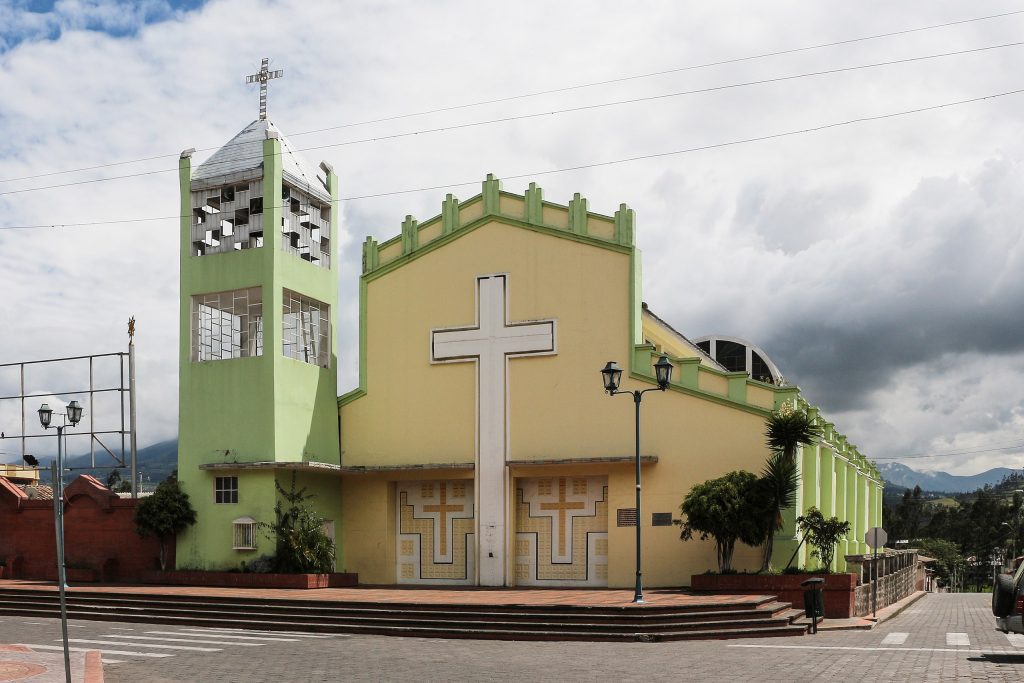
Cotacachi is one of those places that effortlessly draws you in. Surrounded by inactive volcanoes, it felt like we’d stumbled into a hidden artist’s haven. Walking through downtown, we enjoyed the lively Andean flute music echoing down the street and admired the artisan leather shops. The little market by the church was packed with handmade crafts that tempted us with every step.
Nature lovers will also find paradise here. We took in the beauty of Cotacachi Cayapas Ecological Reserve and hiked around the serene Cuicocha Lagoon. The views over the forested valleys were truly breathtaking, offering a quiet escape from the buzz of the town.
Cotacachi’s charm doesn’t stop at nature and crafts. We discovered small entrepreneurial projects selling unique, eco-friendly products like aloe vera-based goods, lufa and cabuya crafts, and even organic coffee from local farms. And, of course, we couldn’t miss out on the local food. A standout was chicha de jora, a traditional fermented drink, which rounded off our visit to Cotacachi with a taste of Ecuador’s heritage.
Ibarra
Ibarra, often called Ecuador’s “white city,” felt like an outdoor enthusiast’s paradise. On weekends, the town comes alive with mountain bike races, 5K runs, and even international speedway events, bringing in an electric energy. The former airfield-turned-family park was a pleasant surprise, complete with rock-climbing walls and peaceful walking trails—perfect for a relaxing stroll after all that excitement.
Walking through the old town, we admired the striking lineup of white colonial houses. We followed Simón Bolivar Street, which led us to Pedro Moncayo Park. The park itself was surrounded by beautiful buildings: the district government office, Ibarra’s grand cathedral, and the iconic Ministry of Finance building. The picturesque scene made us feel like we’d stepped back in time.
One of my favorite spots was Parque Victor M. Penaherrera, or Parque la Merced. Here, beneath the basilica’s towering Virgin statue, the scent of local treats like nogadas and arrope de mora filled the air, sold by friendly vendors in colorful stalls. The Mediterranean feel was unforgettable, with the old infantry barracks adding a unique charm.
When we needed a break, we stopped by a few cozy cafes and local bakeries along Simón Bolivar. Sampling traditional Ecuadorian dishes, each costing just a few bucks, was a highlight of our day. After a full day exploring Ibarra’s charm, we retreated to one of the nearby hot springs. The soothing warmth was a much-needed respite for our tired legs—an ideal end to our adventure in the white city.
Vilcabamba
Vilcabamba felt like stepping into a timeless sanctuary for both my wife and me. People here genuinely believe the water has secrets to a long life, and the atmosphere is filled with that hope. The town has become a haven for spiritual seekers and travelers like us from around the globe, all looking for a space to relax, connect, and perhaps even find inner peace.
During our stay, we found endless ways to enjoy the natural beauty around us. My wife loved birdwatching, while I was drawn to exploring the nearby communities, soaking in the local lifestyle and charm. The various spas around town were a real treat as well, offering mud baths and soothing massages that draw from Vilcabamba’s famous natural springs. We took full advantage of this, feeling completely rejuvenated afterward.
One of the highlights we missed on this trip but plan to conquer next time is Cerro Mandango, the “Sleeping Inca.” Locals told us that reaching the summit is almost a spiritual journey on its own. It’s a full-day hike, and while we didn’t have the time this visit, we’re keeping it on our bucket list. From what we’ve heard, the views from the top are breathtaking, giving you a full 360-degree panorama of Vilcabamba’s lush valleys. It’s definitely calling us back!
Vilcabamba’s fertile soil makes it a dream for anyone wanting to grow their own food; it’s no wonder so many people are drawn to settle here. The climate is consistently comfortable, with temperatures between 65 and 80 degrees Fahrenheit, and no extreme weather patterns to worry about. There’s something about this valley’s beauty that feels deeply healing. We could see why artists, musicians, and creatives come here—it truly feels like a place to find inspiration.
The Vilcabamba Valley, known as one of the most biodiverse regions globally, attracts birdwatchers from all over. With over 500 bird species thriving here, from vivid toucans and tiny hummingbirds to majestic Andean condors, it’s a paradise for anyone who loves birdwatching. We were lucky enough to spot some of these birds ourselves, adding an extra layer of magic to our visit.
Aside from birdwatching, the valley is ideal for trekking and observing wildlife up close. Nature lovers can immerse themselves in everything Vilcabamba has to offer, from misty cloud forests to high-altitude woodlands and serene rivers, making it a place we’ll never forget and will always recommend to fellow travelers.
Loja
Loja turned out to be the perfect spot for both sightseeing and some genuine relaxation. Surrounded by beautiful valleys, fast-moving rivers, and lush green mountains, the landscape feels like it’s out of a storybook. And with Podocarpus National Park nearby, it’s a dream for nature lovers.
What made Loja even more special was its laid-back vibe — it’s like one of Ecuador’s best-kept secrets, staying wonderfully uncrowded. It was refreshing to wander around without the usual tourist hustle, giving us a truly authentic experience. And yes, trying Loja’s coffee was high on our list; there’s a reason it’s known as the coffee capital of Ecuador. The aroma and richness of Loja’s coffee were the perfect finishing touch to our time there.
Dreaming of exploring Ecuador’s breathtaking mountain towns? Let our trusted local agency craft the perfect itinerary for you! Get a FREE quote to ensure a seamless journey, from charming villages to stunning hikes. Your support helps keep this blog alive and benefits local Ecuadorian businesses.
Sigchos
Sigchos welcomed us with its simple charm and peaceful atmosphere. The town’s layout is straightforward, with a few intersecting roads and a central plaza that feels like the heart of it all. We couldn’t help but admire the beautiful church and the towering statue of the Archangel Michael on the hillside, sword raised high, as if watching over the valley below.
Staying here before setting off on our hike to the famous Quilotoa Loop was a great decision. The quietness of Sigchos gave us the perfect place to recharge and relax. This little town feels worlds away from the busier cities, offering a serene space to pause, reflect, and soak in the beauty of Ecuador’s mountain landscapes.
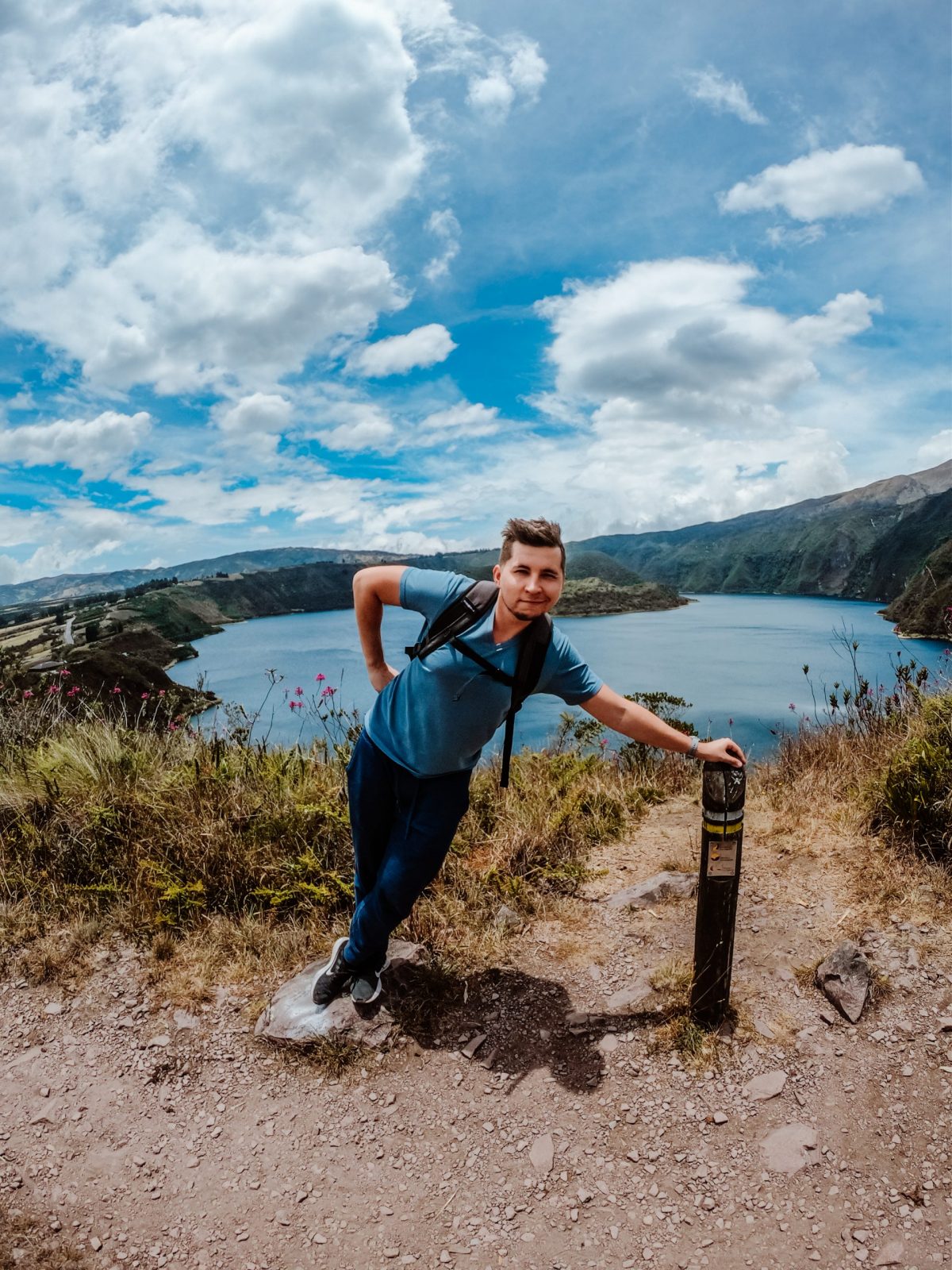
Planning trip to Ecuador?
My wife and I rented a car for 15 days and traveled from the northern part of Ecuador to the south, visiting amazing cities like Quito, Otavalo, Baños, Cuenca, and Guayaquil. Along the way, we explored iconic places such as Cotopaxi National Park, Quilotoa Lake, and many more breathtaking destinations.
Not many blogs cover traveling in Ecuador in detail, so I spent nearly three weeks creating this comprehensive Ecuador travel guide based on our trip. It’s packed with everything you need to know, and honestly, I consider it the best free travel guide about Ecuador out there.
If you’re planning a trip to Ecuador, don’t forget to use my link for discounted hotel prices through Booking.com. It’s a great way to support my blog while saving money on your accommodations!
Conclusion
Ecuador’s mountain towns offer so much diversity, from unique cultural experiences to breathtaking scenery and rich history. Each town has its own charm and personality, making it hard to choose just one to visit. After exploring a few of these towns, I can say every stop was worth it, each offering something memorable.
If you’re planning a trip, make sure to add these towns to your itinerary. Exploring them will give you a genuine feel of Ecuador’s heart and soul and leave you with stories to tell and experiences to treasure.
Plan perfect trip to Ecuador & Galapagos
I spent countless hours researching everything about traveling to Ecuador, and I created this blog for fellow travel enthusiasts who want the best, most reliable information. But if you want to save time, we’ve partnered with the top local agency to plan your dream trip.

